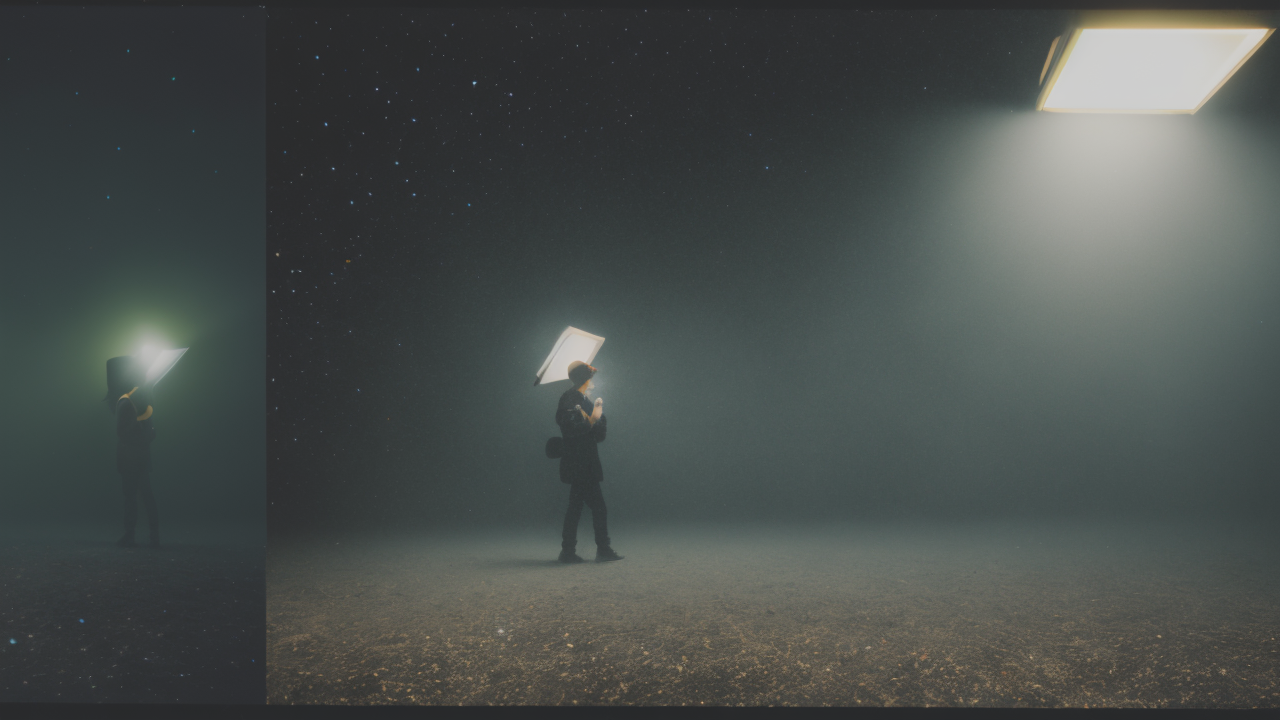
Color Theory Essentials: Expert Insights for Enhancing Your Digital Palette
The Role of Color Psychology in Art and Design
Understanding the Influence of Color on Consumer Behavior
Colors have a big impact on how people feel and act. They can change what we buy and how we see things. Red often makes people feel excited. It can make them want to buy things quickly. Blue makes people feel calm and trust things more. Green makes people think of nature and health. Many eco-friendly products use green. Yellow makes people feel happy. It's often used in kids' products. Knowing how colors make people feel helps artists and designers. They can use colors to make people feel certain ways. This is very useful in art and marketing. It helps create art that connects with people.

The Impact of Color on Visual Hierarchy and Attention
Colors help guide our eyes when we look at art or designs. Bright colors catch our attention first. Soft colors fade into the background. This is called visual hierarchy. Web designers use this to make important buttons stand out. In art, colors can lead our eyes through a painting. Warm colors like red and orange seem to come forward. Cool colors like blue and green seem to move back. Artists use this to control what we see first in their work. They can make some parts of their art more important than others. This helps tell a story or send a message with art. It's a powerful tool for artists and designers.
Case Studies: Successful Brands that Use Color Theory
Many big brands use color theory well. Coca-Cola uses red to make people feel excited. Facebook uses blue to make people trust them. McDonald's uses red and yellow to make people hungry and happy. Apple uses white to make people think of simple, new ideas. These brands show how using the same colors all the time helps people remember them. It also makes people feel certain ways about the brand. Artists can learn from these examples. They can see how to use color to share their message. They can also learn how to make art that people remember. This helps create strong brands and powerful art.
Crafting Your Own Color-Themed Masterpieces
How to Choose the Right Color Palette for Your Project
Picking colors for your art is very important. First, think about the feeling you want to create. Warm colors like red make energy. Cool colors like blue are calm. Next, think about who will see your art. Different people may see colors differently. You can use color rules to help you pick colors. One rule is to use colors that are next to each other on the color wheel. Another is to use opposite colors. There are tools online to help you pick colors. Adobe Color and Coolors are good ones. Remember, sometimes using fewer colors can make your art look better. Don't be afraid to try new things. Trust what you think looks good.

Techniques for Incorporating Color Theory in Your Design
Here are some ways to use color theory in your art:
- Use the 60-30-10 rule: Use your main color for 60% of the design.
- Use your second color for 30%, and an accent color for 10%.
- Make depth with warm and cool colors.
- Use different colors to make important parts stand out.
- Try color fades for smooth changes.
- Use shades of one color for a classy look.
- Put opposite colors together for exciting designs.
- Think about what colors mean in different cultures.
Keep your colors balanced. Too many bright colors can be too much. Too many dull colors can be boring. Practice using colors. The more you try, the better you'll get at knowing what looks good.
Tools and Resources for Color Mixing and Reproduction
Here are some tools to help with colors:
- Online color wheels like Adobe Color or Paletton.
- Color picker tools like ColorZilla for websites.
- Pantone guides for printing.
- Apps like ColorSnap to find colors in the real world.
- Tools to check how color-blind people see your art.
- Color palette makers like Coolors or Colormind.
- Books about color like "Interaction of Color" by Josef Albers.
For painting, buy good paints and practice mixing colors. Keep notes about the colors you make. Remember, screens and printers show colors differently. Always check how your art looks in its final form. This will help you get the colors right every time.
Implementing Color Theory in Digital Media
Color Theory for Web and Digital Design
Colors are very important in digital design. They affect how people use websites and apps. Here are some tips:

- Use colors that are easy to read, especially for text.
- Use the same colors across your whole website or app.
- Use colors to show people where to go on your site.
- Make sure everyone can see your colors well, even color-blind people.
- Use colors to show information, like red for errors and green for success.
- Remember that colors look different on different screens.
- Use tools like Adobe Color to make good color combinations.
Test your colors on different devices and in different lights. Simple color choices often work best online. A few good colors can make your design look professional and put-together. This helps create a good user experience.
Enhancing Digital Art with Color Psychology
Digital artists can use color psychology to make their art more powerful. Use warm colors to create energy or passion. Use cool colors to make calm or sad feelings. Think about how you want people to feel when they see your art. Use color fades to smoothly change from one feeling to another. Try putting colors over your whole artwork to change its mood. Digital art lets you try many color options easily. Don't be afraid to use bold or unusual colors. The key is to know how colors make people feel and use that in your art. This can make your digital art more emotional and impactful.
Tips for Consistent Color Schemes in Online Content
Using the same colors in all your online content helps people recognize your brand. Here are some tips:
- Make a guide with exact color codes (HEX, RGB, CMYK).
- Use the same colors on all platforms (website, social media, etc.).
- Check how your colors look on different devices and fix if needed.
- Always use the same colors for the same things (like blue for links).
- Use tools like Adobe Creative Cloud to share your colors with your team.
- Regularly check all your online content to make sure colors match.
- Teach your team about your color rules.
Remember, using the same colors doesn't mean everything looks the same. You can use your main colors in different ways to keep things interesting. Check and update your colors often to keep your online presence fresh and engaging. This helps build a strong, recognizable brand.


